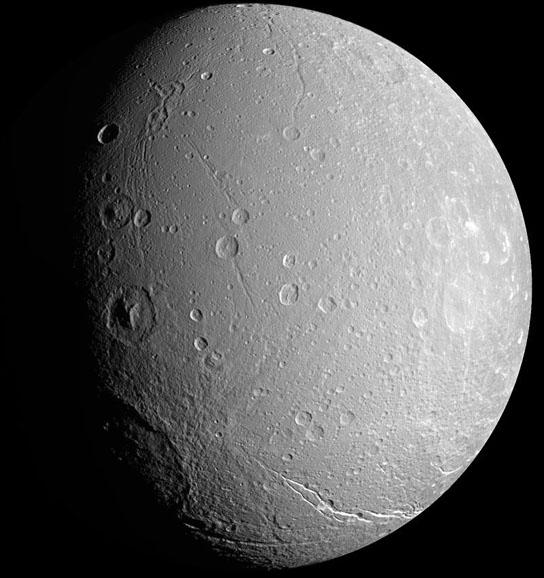
The Cassini spacecraft investigates the craters and deep valleys on Dione during a close approach in April 2007. Significant variations in the density of impact craters on the surface of Dione can be seen here, with more craters seen on the right side of this mosaic (on Dione’s sub-Saturn hemisphere) than on the left (on Dione’s anti-Saturn hemisphere). The southern end of the bright Palatine Linea fracture system can be seen near the bottom of the mosaic. Along the terminator, at lower left, part of a large impact basin can be seen. Credit: NASA/JPL/Space Science Institute
By combining data from one of Cassini’s instruments, called CAPS (Cassini Plasma Spectrometer), researchers discovered that Dione’s exosphere contains molecules of oxygen. The researchers estimate the density of the molecular oxygen ions to be in the range of 0.01 to 0.09 ions per cubic centimeter and are produced when neutral molecules are ionized.
Dione, one of Saturn’s icy moons, has a weak exosphere that includes molecules of oxygen, according to new findings from the Cassini-Huygens mission.
The international mission made the discovery using combined data from one of Cassini’s instruments, called CAPS (Cassini Plasma Spectrometer), which includes a sensor designed and built at the University College London’s Mullard Space Science Laboratory.
Dione joins Rhea and the main rings in Saturn’s system in having an oxygen-rich exosphere, as well as Jupiter’s moons Ganymede, Europa, and Callisto — the target for ESA’s proposed JUICE (JUpiter ICy moons Explorer) mission for launch in 2022.
Professor Andrew Coates (UCL Mullard Space Science Laboratory), one of the authors of the study said: “It now looks like oxygen production is a universal process wherever an icy moon is bathed in a strong trapped radiation and plasma environment.
“Energetic particles hit the icy surface, the hydrogen is lost and molecular oxygen remains as an exosphere. We now know that this happens at Saturn’s moons as well as Jupiter’s — and it may well occur in extrasolar planetary systems too.”
Cassini flew by Dione on April 7, 2010. During that flyby, CAPS detected molecular oxygen ions near the moon’s icy surface, due to bombardment by particles trapped in Saturn’s strong magnetic field. The research is published online in the journal Geophysical Research Letters.
A team of scientists, led by Robert Tokar at the Los Alamos National Laboratory in the US, used the measurements to estimate the density of the molecular oxygen ions to be in the range of 0.01 to 0.09 ions per cubic centimeter. These molecular oxygen ions are produced when neutral molecules are ionized; the measurements confirm that a neutral exosphere surrounds Dione.
Electron measurements from UCL’s electron spectrometer (ELS), part of CAPS, played a key role in reaching the conclusion of an exosphere, data from ELS showed the plasma wake due to Dione and characterized the changes in Saturn’s magnetosphere during the flyby.
Dr. Geraint Jones (UCL Mullard Space Science Laboratory), also an author of the paper, said: “Dione’s exosphere is very thin — compared to Earth’s atmosphere the density is about a million billionth. The exciting thing is that there is oxygen — and the oxygen may be being recycled via the surface.”

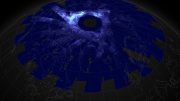
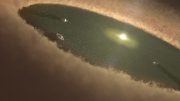
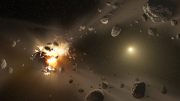
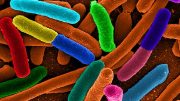
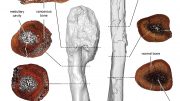
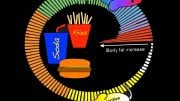
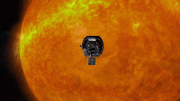
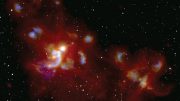
Be the first to comment on "Researchers Discover Oxygen Molecules in Dione’s Exosphere"